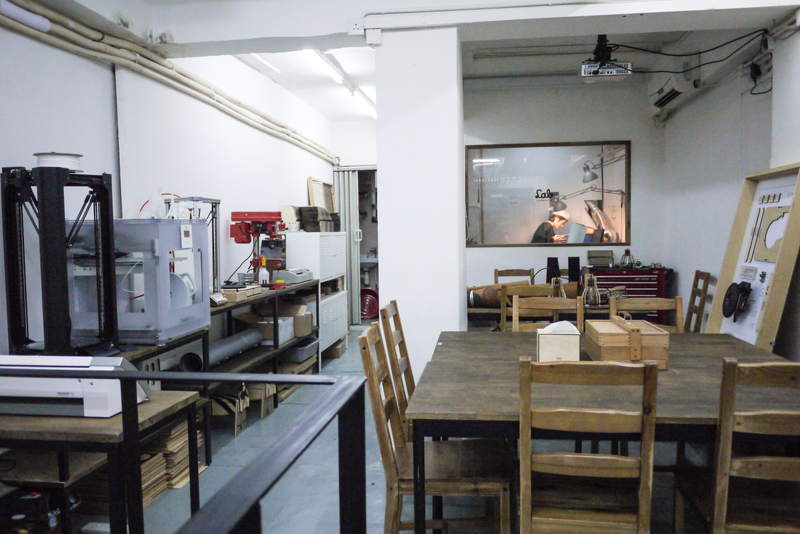Ying Gao is a Montreal based fashion designer and professor at University of Quebec whose interactive work features a lot of animated textiles. Her recent project – FLOWING WATER, STANDING TIME capture the ever-changing persona of Jimmie G from the novel, The Man who Mistook his Wife for a Hat. He is a middle age man who thinks himself to be still a youth at 19 years old, and he jumps between these two mental age which Ying Gao describes as a metamorphosis.

According to Dezeen, “The garment reacts to the chromatic spectrum using colour, light sensors and tiny cameras that are connected using a rasberry PI computer, to gather information about their environment. This data then activates a series of actuators and magnets interlaced with silicone to cause the fabrics to move.” It is interesting to note that besides silicone, the fabric also includes glass elements created in studio. These combination of materials, helped Ying Gao to achieve the shifting hues in the “chameleon-like” autonomous dress.
As far as my knowledge goes, Raspberry Pi is another version of an Arduino, they are both open source technology that are sustained by the creative digital community. Tutorials and project ideas are quite abundant online and there are even ways to help find nearby Raspberry buddies to get creative together. The true benefit of open source technology is that it is firstly, free knowledge. Secondly, the amount of projects available for reference is infinite, the number will always be growing as people feed off ideas of others to make their own.
I have played around with a Circuit Playground before, it is a cousin of the Raspberry Pi. So references and forums I have searched online were a learning process to aid my production process. I think as I am a designer, I do not know what their difference is technically, only that they have a different shape. In this case, we designers need the engineers for their in dept understanding of the electronics. The designers come up with ambitious ideas that cannot be fulfilled themselves and Ying Gao has experienced this with this project. She says “Technically and technologically speaking, this project is different from the previous ones because the clothes have a much greater autonomy,”
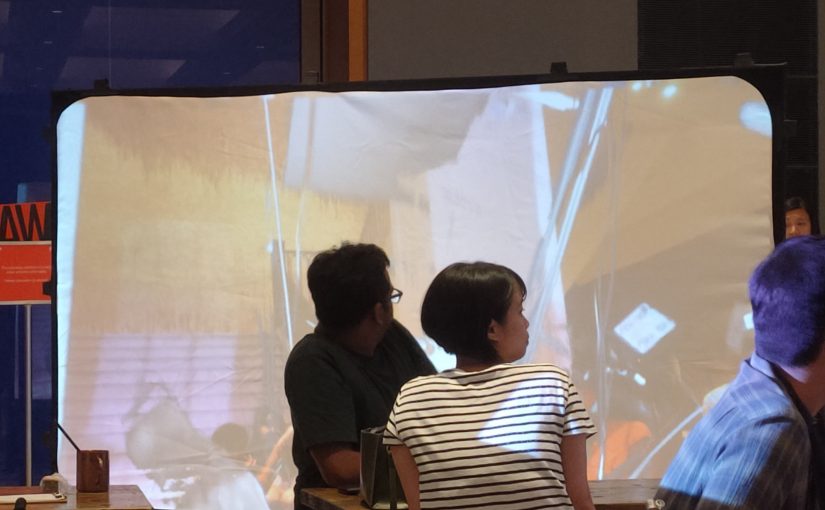

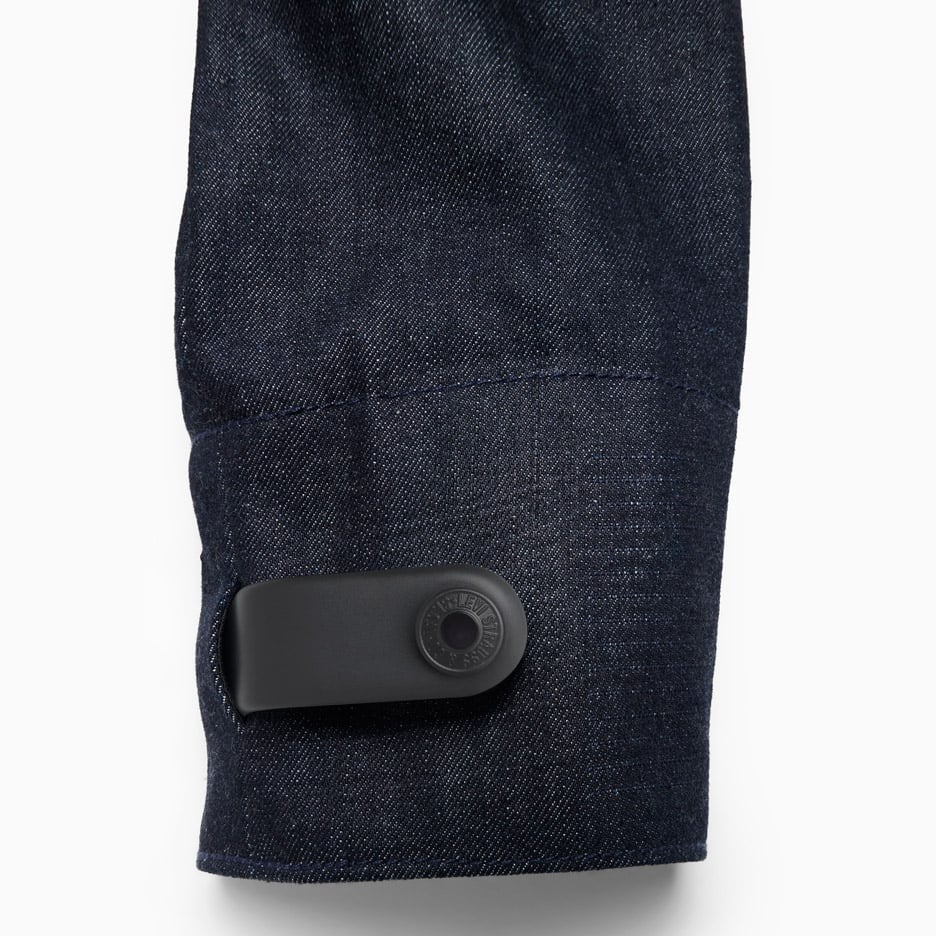
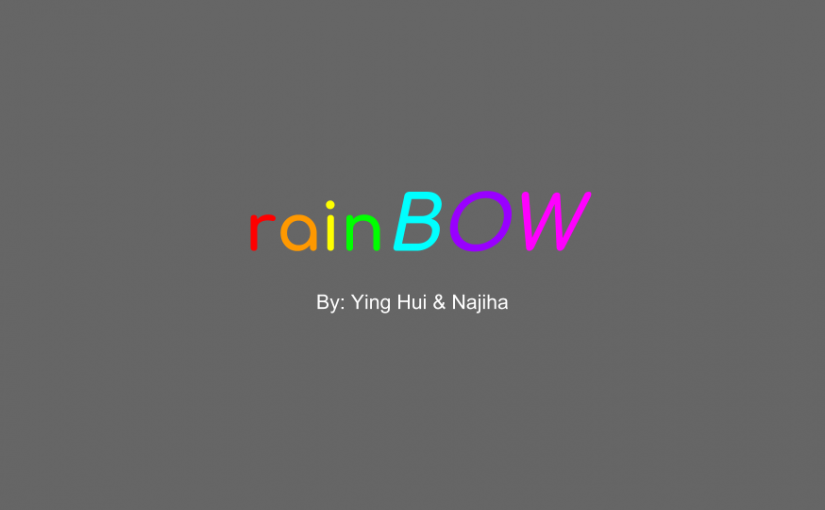
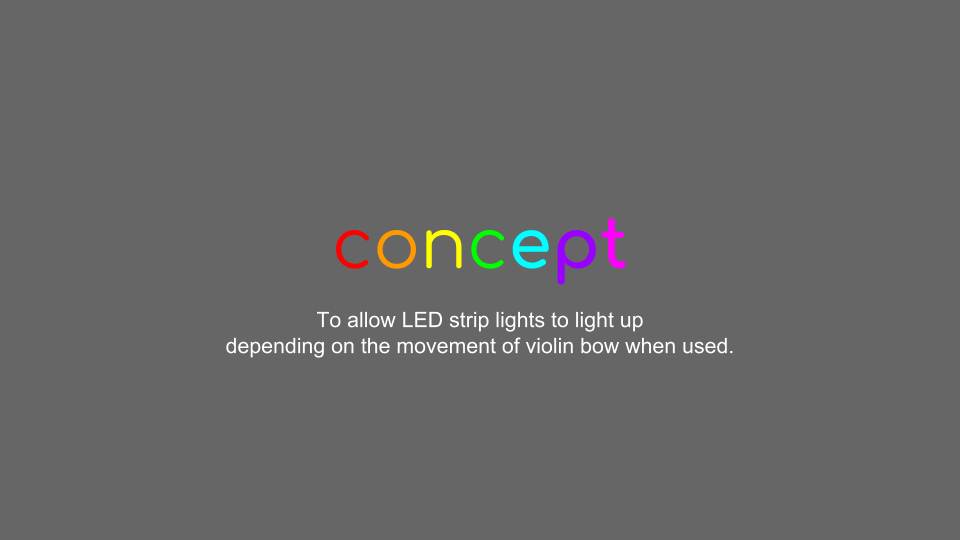
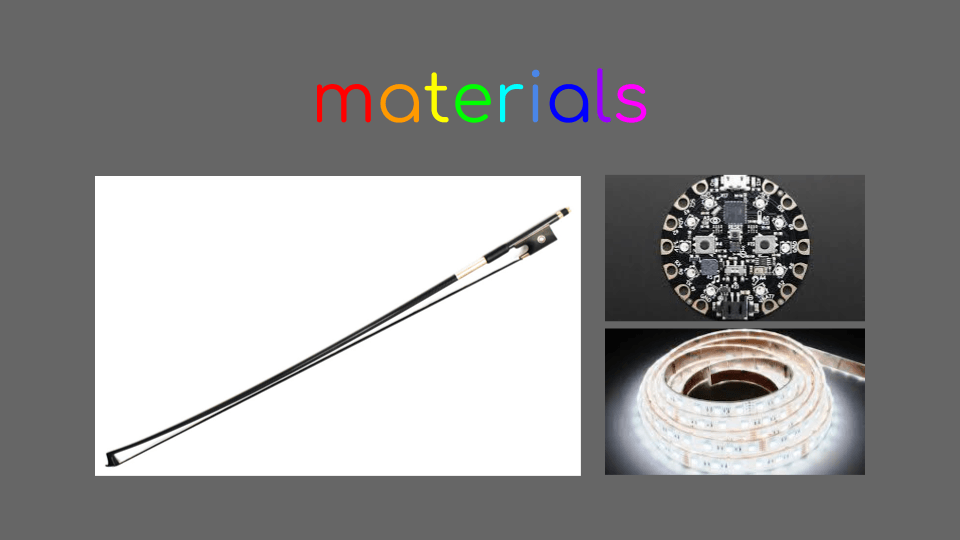
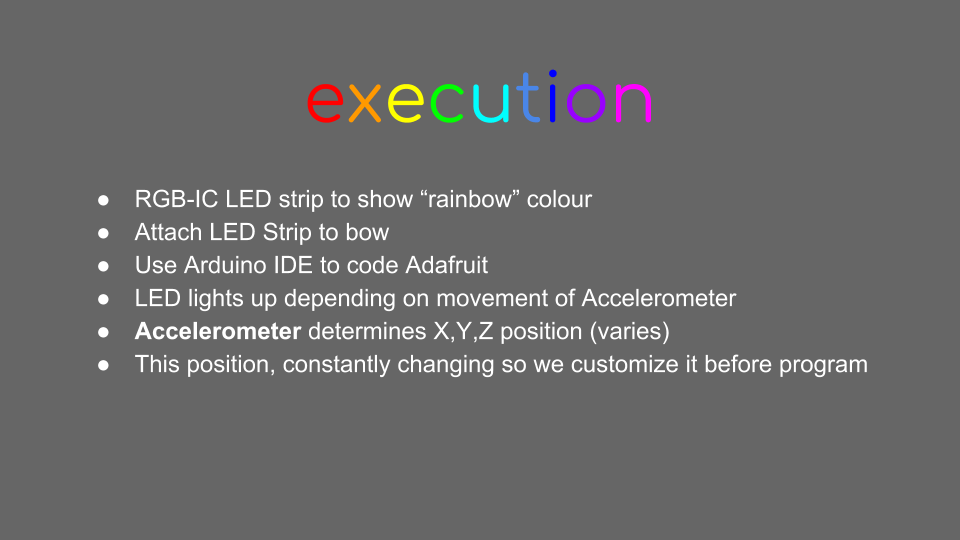
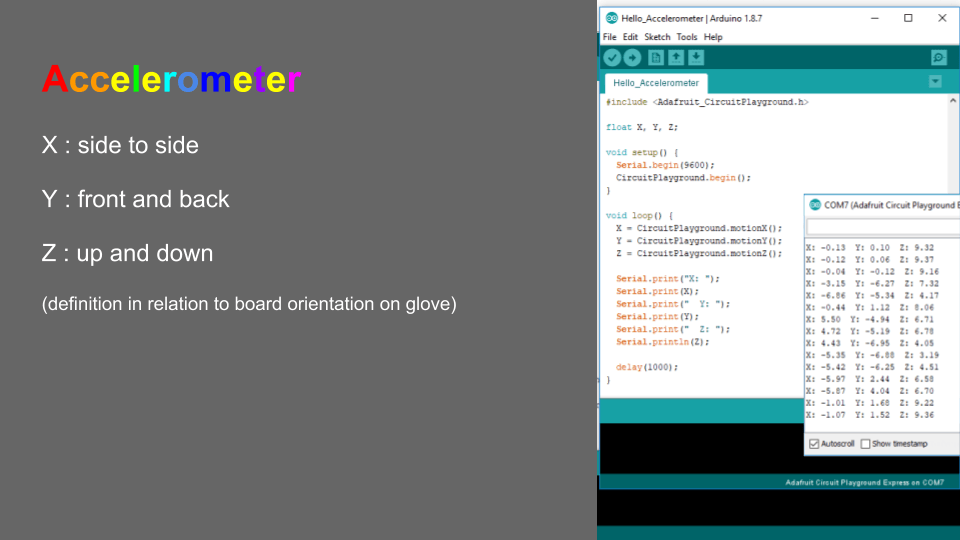
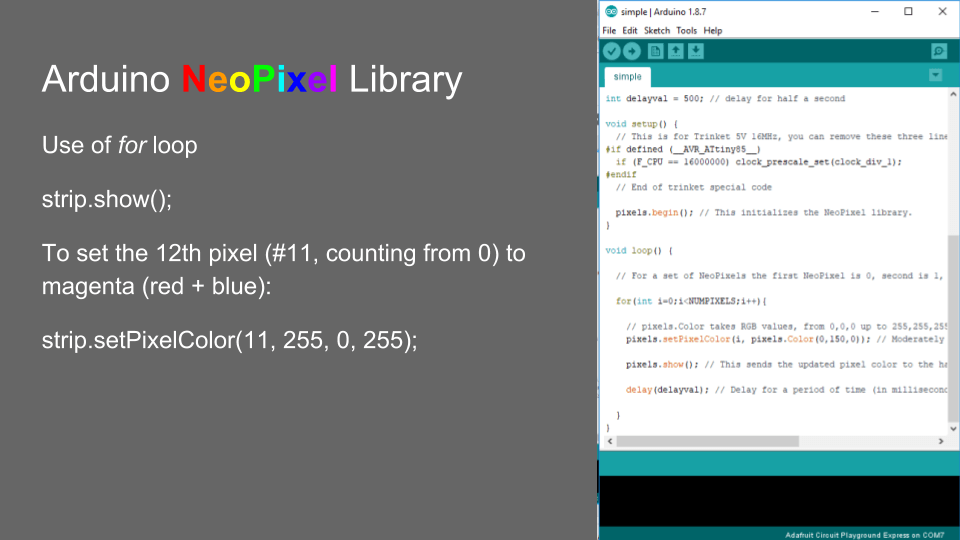
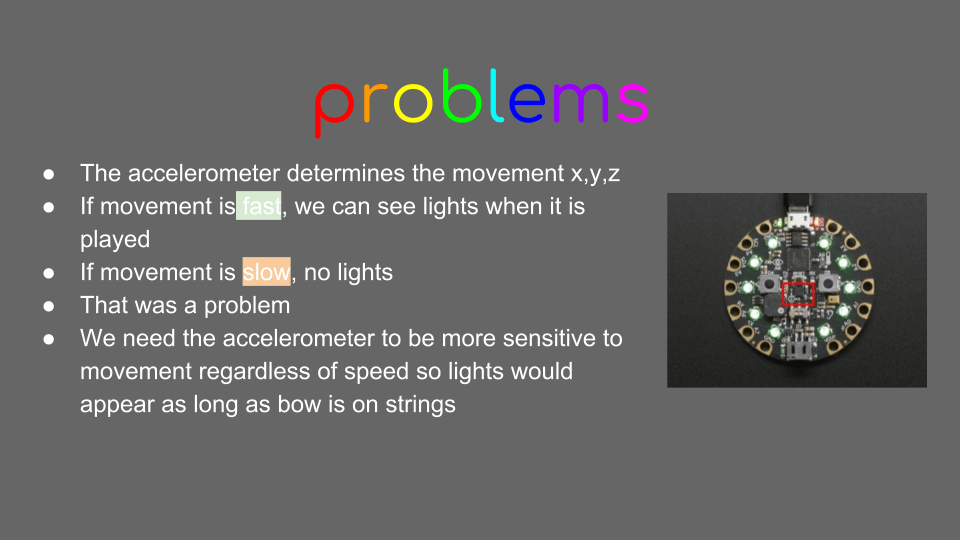
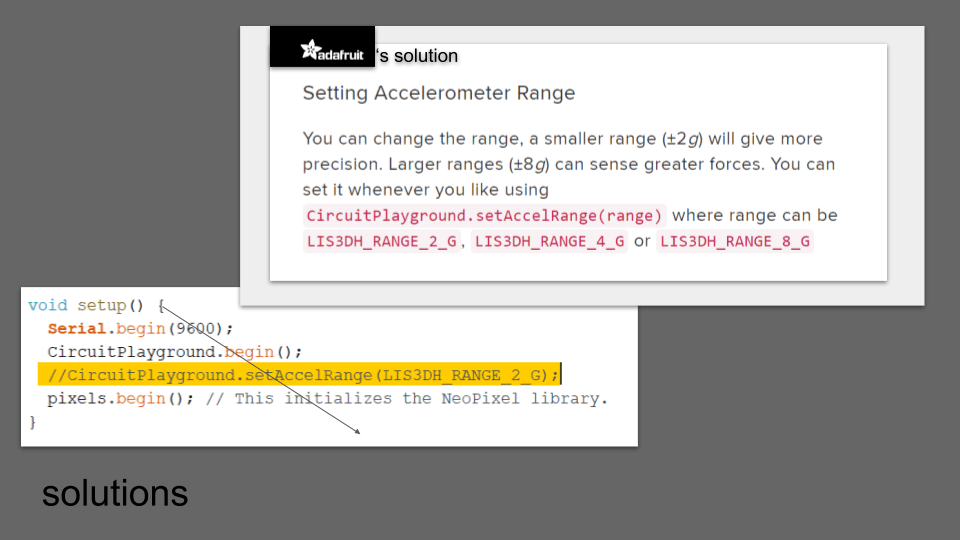
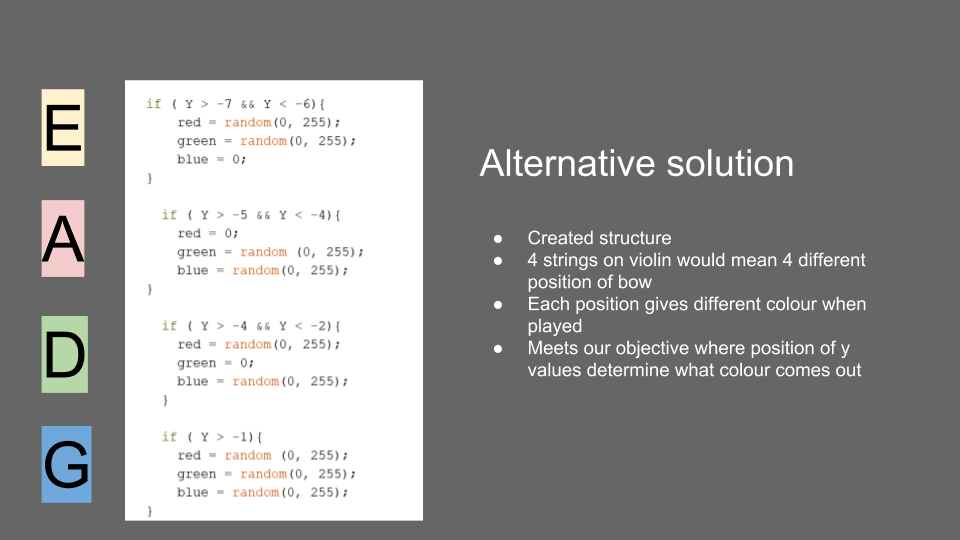
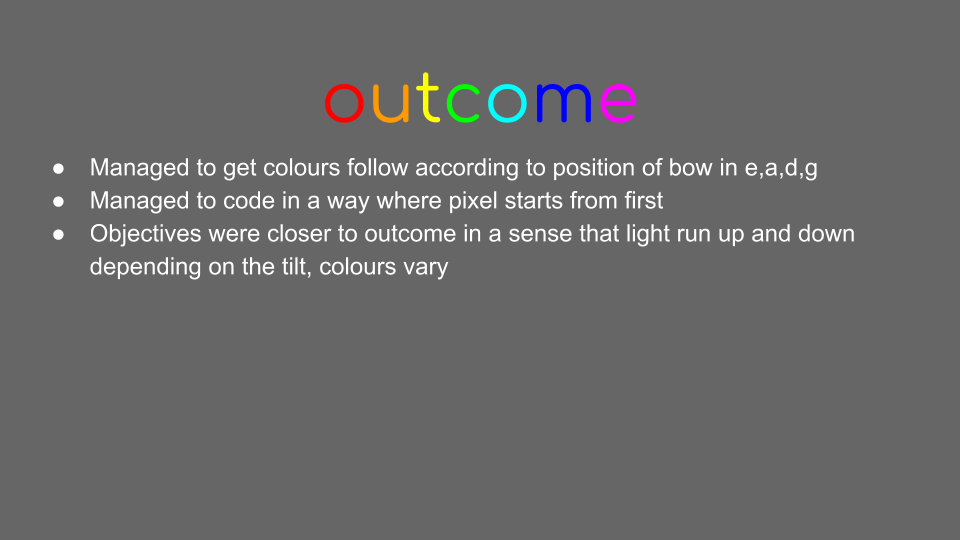
![History of Design [ IM ] – Keith Lam](https://oss.adm.ntu.edu.sg/ytan149/wp-content/uploads/sites/1883/2018/09/Keith-Lam-Feature-Image.jpg)
